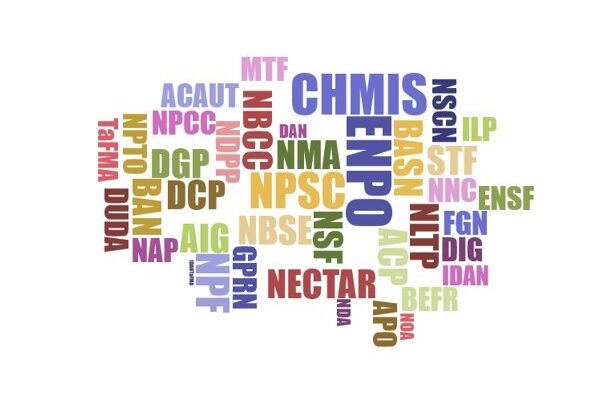The Shillong Accord of November 11, 1975
The following representatives of the underground organisations met the Governor of Nagaland, Shri L.P. Singh representing the Government of India, at Shillong on 10th and 11th November, 1975.
- Shri. I. Temjenba
- Shri. S. Dahru
- Shri Veenyiyl Rhakhu
- Shri. Z. Ramyo
- Shri M. Assa
- Shri Kevi Yallay
There was a four series discussions. Some of the discussions were held with the Governor alone; at other, the Governor was assisted by the two Advisors for Nagaland, Shri M. Ramunny, and Shri. H. Zopianga, and Shri M.L. Kampani, Joint Secretary in the Ministry of Home Affairs. All the five members of the Liaison Committee, namely Rev. Longri Ao, Dr. M. Aram, Shri. L. Lungalang, Shri Kenneth Kerhuo, and Shri Lungshim Shaiza, participated in the discussions.
The following were the outcome of the discussions:
- The representatives of the underground organisations conveyed their decision, of their own volition, to accept, without condition, the Constitution of India.
- It was agreed that the arms, now underground, would be brought out and deposited at appointed places. Details for giving effect of this agreement will be worked out between them and representatives of the Government, the security forces, and members of the Liaison Committee.
- It was agreed that the representatives of the underground organisations should have reasonable time to formulate other issues for discussion for final settlement.
Dated Shillong,
November 11, 1975
Signatories of the Shillong Accord:
(I. Temjenba)
(S. Dahru)
(Z. Ramyo)
(M. Assa)
(Kevi Yalley)
On behalf of the Representative of theUnderground organisations.
Representative of Government of India
(L.P. Singh)
Supplementary Agreement of January 5, 1976
Implementation of Clause II of the Shillong Accord of November 11, 1975.
- It was decided that the collection of arms, initially at collection centres, would commence as early as possible, and will be completed by 25th January, 1976. Initial places of collection to be decided through discussion between Commissioner, representatives of underground organisations and the members of the Liasion Committee.
- Once all arms are collected, these will be handed over to Peace Council team at the respective places of collection.
- Peace Council team will arrange to transport the arms from collection centres to Chedema peace camp and arrange guards, etc., for safe custody of arms.
- Similar arrangement at agreed place/places will be made in Manipur with the concurrence of the Manipur Government.
- The underground may stay at peace camps to be established at suitable places, and their maintenance will be arranged only by the Peace Council. Any voluntary contribution from any source will be made to the Peace Council who will utilize the fund according to necessity.
Sd/- (L.P. Singh) Govenor 1. Sd/- (Biseto Medom Keyho) 2. Sd/- (Pukrove Nakru) 3. Sd/- (Z. Ramyo) 4. Sd/- (I. Temjenba) Place: Shillong Dated January 5, 1976
Source: South Asia Terrorism Portal: http://www.satp.org/satporgtp/countries/india/states/nagaland/documents/papers/nagaland_accord_the_shillong_nov_11_1975.htm


